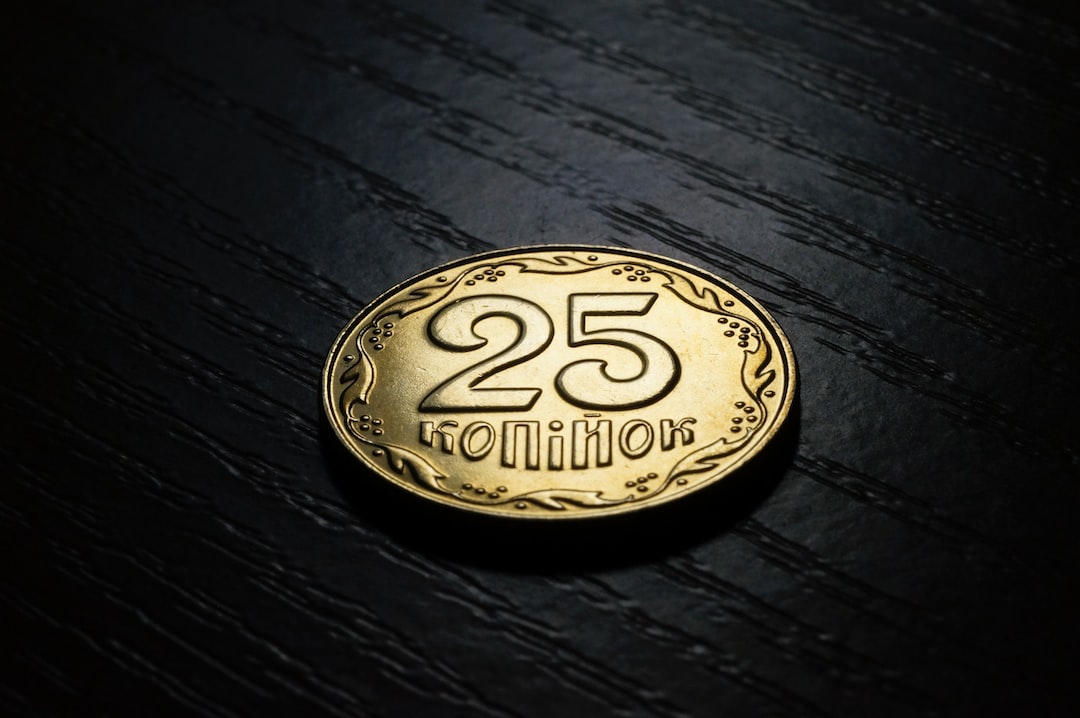Forex trading involves buying and selling currencies with the aim of making a profit. Traders use different strategies to analyze the market and identify potential opportunities. One popular strategy is trading patterns. Trading patterns are repetitive price movements that occur in the forex market. They are formed due to the behavior of market participants, and they can provide insights into the direction of future price movements. In this article, we will discuss how to trade patterns in forex.
Identifying patterns
The first step in trading patterns is identifying them. There are different types of patterns, and each has its own characteristics. Some of the popular patterns include triangles, flags, head and shoulders, and double tops and bottoms. These patterns can be identified using technical analysis tools such as charts and indicators.
For instance, a triangle pattern is formed when the price fluctuates between a support level and a resistance level, forming a series of higher lows and lower highs. This pattern indicates that the market is consolidating, and a breakout is likely to occur. Traders can identify this pattern by drawing trend lines connecting the support and resistance levels.
Trading the patterns
Once you have identified a pattern, the next step is to trade it. The trading strategy will depend on the type of pattern and the trader’s risk tolerance. Here are some tips on how to trade different patterns:
1. Triangles
When trading a triangle pattern, a trader can enter a long position when the price breaks above the upper trend line or a short position when the price breaks below the lower trend line. Traders can also use a stop loss order to limit their losses in case the breakout fails.
2. Flags
A flag pattern is a continuation pattern that forms when the market takes a breather before continuing in the same direction. Traders can enter a long position when the price breaks above the flag’s upper trend line or a short position when the price breaks below the lower trend line. Traders can also use a stop loss order to limit their losses.
3. Head and shoulders
A head and shoulders pattern is a reversal pattern that signals a potential trend change. Traders can enter a short position when the price breaks below the neckline or a long position when the price breaks above the neckline. Traders can also use a stop loss order to limit their losses.
4. Double tops and bottoms
A double top pattern forms when the price reaches a resistance level twice and fails to break through. Traders can enter a short position when the price breaks below the neckline or a long position when the price breaks above the resistance level. A double bottom pattern forms when the price reaches a support level twice and fails to break through. Traders can enter a long position when the price breaks above the neckline or a short position when the price breaks below the support level.
Managing risk
Trading patterns can be a profitable strategy, but it also comes with risks. Traders should always manage their risks by using stop loss orders and position sizing. A stop loss order is an order that automatically closes a position when the price reaches a certain level. Position sizing involves determining the amount of capital to risk on each trade based on the trader’s risk tolerance and account size.
Conclusion
Trading patterns in forex can be a profitable strategy when done correctly. Traders should first identify the patterns using technical analysis tools such as charts and indicators. They should then develop a trading strategy based on the type of pattern and their risk tolerance. Finally, traders should always manage their risks by using stop loss orders and position sizing. With these tips, traders can increase their chances of success when trading patterns in forex.





